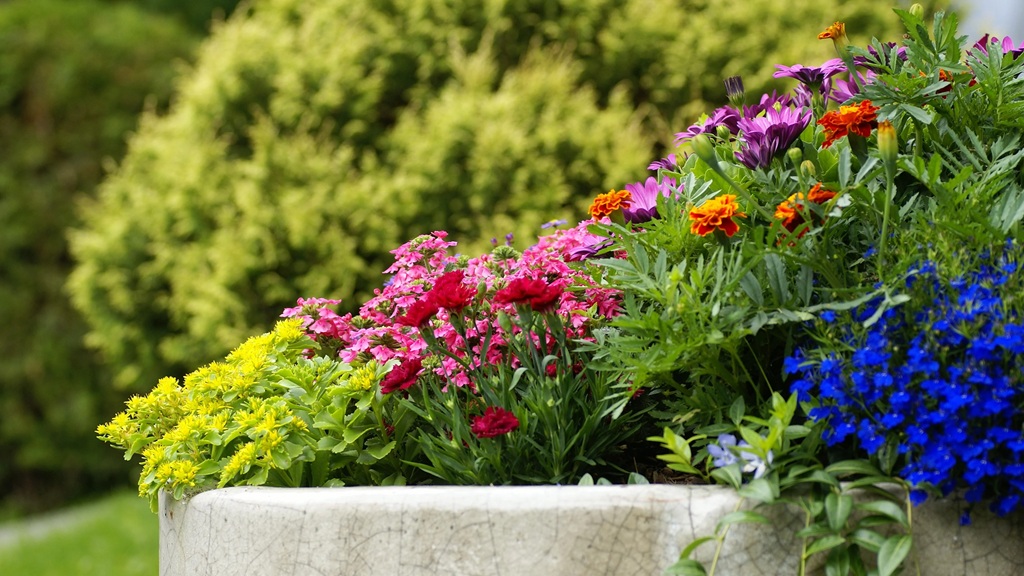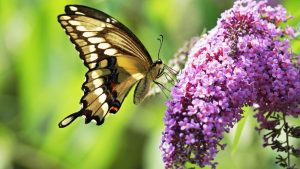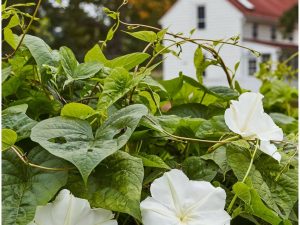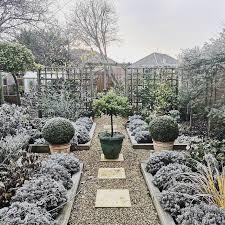
Stepping into a vibrant garden bursting with color and texture is a truly delightful experience. But with the vast array of plants available, designing your dream garden can feel overwhelming. Understanding the difference between annuals and perennials, and how to use them effectively, is key to creating a landscape that thrives year after year. This comprehensive guide will equip you with the knowledge to confidently select and arrange these plants, transforming your garden into a breathtaking oasis.
Annuals: A Burst of Seasonal Color
Annuals are the sprinters of the plant world. These fast-growing, vibrant plants complete their entire life cycle within a single growing season. They germinate, flower, produce seeds, and then die off, all within a matter of months. While their lifespan may be short, annuals compensate with an explosion of color and a profusion of blooms.
Why Choose Annuals?
- Instant Impact: Annuals provide immediate gratification, filling your garden with color from the moment you plant them.
- Versatility: Available in a dazzling array of colors, shapes, and sizes, annuals offer endless design possibilities.
- Seasonal Interest: By choosing different varieties, you can enjoy a succession of blooms throughout the entire growing season.
- Easy Care: Most annuals require minimal maintenance, making them perfect for busy gardeners.
Popular Annuals:
- Petunias: These cascading beauties come in a rainbow of colors and are perfect for hanging baskets and containers.
- Zinnias: With their cheerful, daisy-like flowers, zinnias attract pollinators and add a touch of whimsy to any garden.
- Marigolds: Known for their bold, golden hues, marigolds are not only beautiful but also help deter pests.
- Cosmos: These delicate, feathery flowers add a touch of elegance and attract beneficial insects.
- Sunflowers: These towering giants bring a touch of sunshine to the garden and provide edible seeds.
Tips for Using Annuals:
- Mass Planting: Create a dramatic impact by planting large swathes of the same annual.
- Border Magic: Edge your flower beds or walkways with a colorful border of low-growing annuals.
- Container Gardening: Annuals thrive in pots and containers, adding instant color to patios, balconies, and decks.
- Succession Planting: Sow seeds or plant seedlings every few weeks to ensure continuous blooms throughout the season.
Perennials: The Backbone of the Garden
Perennials are the marathon runners of the plant world. These resilient plants return year after year, providing a consistent foundation for your garden design. While they may have a shorter blooming period than annuals, perennials offer long-lasting beauty and require less frequent replanting.
Why Choose Perennials?
- Longevity: Perennials provide years of enjoyment with minimal replanting.
- Cost-Effective: Once established, perennials require less investment compared to annuals.
- Diverse Selection: From delicate wildflowers to majestic shrubs, perennials offer a vast range of options to suit any garden style.
- Ecological Benefits: Perennials provide habitat and food sources for pollinators and other beneficial wildlife.
Popular Perennials:
- Lavender: This fragrant herb boasts beautiful purple blooms and attracts pollinators.
- Coneflowers: With their distinctive cone-shaped centers and vibrant petals, coneflowers are a pollinator magnet.
- Hostas: These shade-loving plants add texture and interest with their large, lush leaves.
- Daylilies: These low-maintenance beauties offer a wide array of colors and bloom shapes.
- Black-eyed Susans: These cheerful, golden flowers bring a touch of wildflower charm to the garden.
Tips for Using Perennials:
- Consider Bloom Time: Select perennials with staggered bloom times to ensure continuous color throughout the growing season.
- Layer for Depth: Combine perennials of varying heights to create a dynamic and visually appealing landscape.
- Group for Impact: Plant perennials in clusters of three or five for a more impactful display.
- Divide and Conquer: Divide mature perennials every few years to maintain their vigor and create new plants.
Combining Annuals and Perennials: A Winning Partnership
The true magic happens when you combine the fleeting beauty of annuals with the enduring charm of perennials. This dynamic duo allows you to create a garden that is both vibrant and ever-evolving.
Here’s how to create a harmonious blend:
- Use annuals to fill gaps: Plug the spaces between newly planted perennials with colorful annuals while they establish themselves.
- Highlight seasonal themes: Incorporate annuals to emphasize seasonal changes, like vibrant tulips in spring or fiery chrysanthemums in fall.
- Add pops of color: Inject bursts of vibrant color into your perennial beds with strategically placed annuals.
- Create container combinations: Pair trailing annuals with upright perennials in pots and containers for a stunning display.
Reviews: Top-Rated Annuals and Perennials

Annuals:
- Wave Petunias: Gardeners rave about their cascading habit and prolific blooms, making them ideal for hanging baskets and window boxes.
- Profusion Zinnias: These disease-resistant beauties offer continuous blooms in a wide range of colors, perfect for adding a touch of cheer to any garden.
- Calendula: Known for their vibrant orange and yellow flowers, calendula not only adds beauty but also possesses medicinal properties.
Perennials:
- ‘Walker’s Low’ Catmint: This compact variety of catmint boasts beautiful lavender-blue flowers and a long blooming season, attracting pollinators and adding a touch of elegance to the garden.
- ‘Goldsturm’ Black-eyed Susan: This award-winning variety is praised for its profusion of golden flowers and its ability to thrive in a variety of conditions.
- ‘Stella de Oro’ Daylily: This reblooming daylily delights gardeners with its cheerful yellow flowers and its ability to tolerate heat and drought.
Related: What to Consider When Adding a Tree to Your Garden
FAQ: Your Annual and Perennial Questions Answered
Q: When should I plant annuals?
A: After the last frost in spring. This ensures that tender seedlings won’t be damaged by cold temperatures.
Q: How often should I water annuals?
A: Annuals typically require more frequent watering than perennials, especially during hot, dry periods. Water them deeply and regularly, ensuring the soil remains consistently moist but not soggy.
Q: When is the best time to plant perennials?
A: Spring or fall is generally the best time to plant perennials, allowing them to establish their roots before the onset of extreme weather conditions.
Q: How do I care for perennials over the winter?
A: Many perennials benefit from a layer of mulch in the fall to protect their roots from freezing temperatures. Some perennials may also require pruning or dividing in the fall or spring.
Q: Can I grow annuals and perennials together in the same bed?
A: Absolutely! Combining annuals and perennials is a fantastic way to create a dynamic and visually appealing garden.
Q: Where can I buy high-quality annuals and perennials?
A: Local nurseries and garden centers are excellent resources for finding healthy, locally adapted plants. You can also find a wide variety of annuals and perennials online.
By understanding the unique characteristics of annuals and perennials, and by following these tips and guidelines, you can create a garden that is both beautiful and fulfilling. Whether you’re a seasoned gardener or just starting out, embrace the joy of cultivating a thriving landscape that brings you joy year after year.





